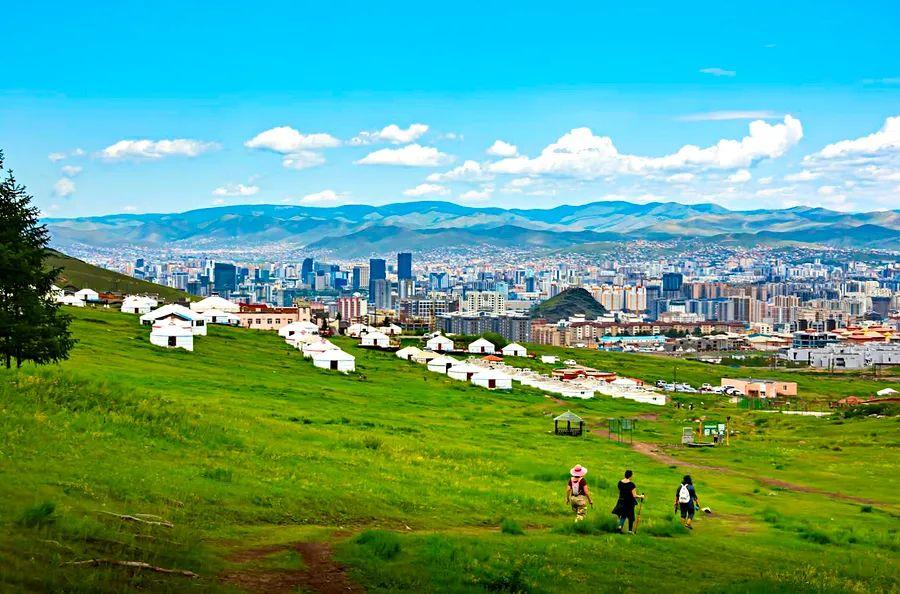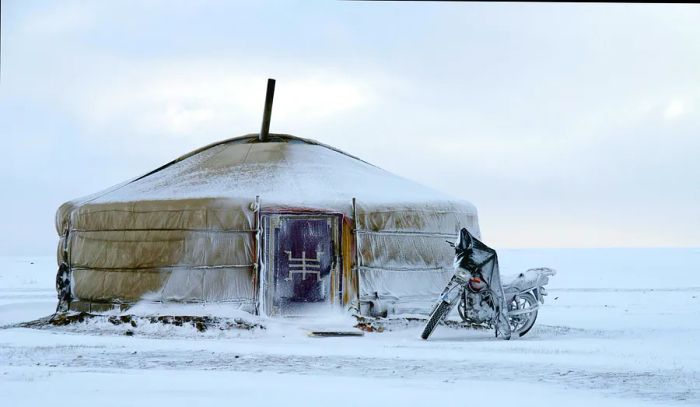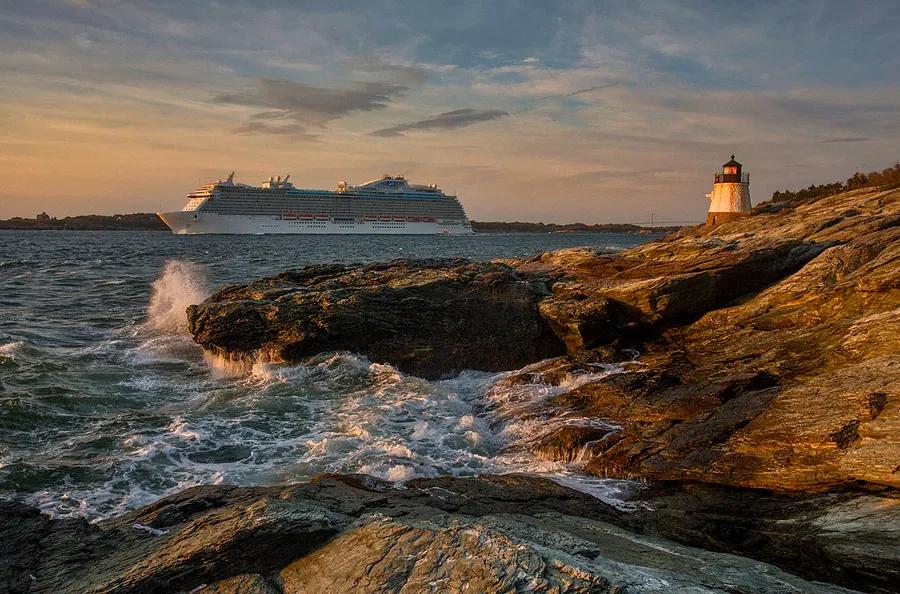11 budget-friendly travel tips for exploring Mongolia

Mongolia serves as a stunning backdrop for adventurous journeys far from the mainstream, and its nomadic culture remains largely unchanged since the era of Chinggis (Genghis) Khan. Exploring this magnificent land can be deeply inspiring, captivating, and even life-changing, yet a visit to Mongolia is unlikely to be economical.
For sightseeing across the steppes, you’ll likely need to rent a 4WD vehicle, along with a driver and a guide (as drivers often don't speak English). Fuel expenses can be significant due to the vast distances between attractions, and gasoline—imported from Russia—has surged in price by over 60% since the conflict in Ukraine began, alongside rising inflation and labor costs.
Additional expenses to consider include accommodations—typically at ger (yurt) camps, homestays, or local hotels—along with meals for your entire group, including the driver and guide. Don’t forget to factor in extra costs for horse and camel treks, cultural experiences, and homestays, as these can quickly accumulate.
The saying 'you get what you pay for' resonates strongly in Mongolia travel. Rather than focusing solely on minimizing expenses, consider spending your money wisely. By choosing established operators, you’ll receive better value for your investment and embark on an unforgettable adventure. Use these tips to enhance your trip without overspending.
An overview of daily expenses in Mongolia
Dormitory bed in Ulaanbaatar: US$10–20 Basic room for two in Ulaanbaatar: US$60–150 Night in a homestay in a ger: starting at US$40 Bus ticket from Ulaanbaatar to Kharkhorin: US$7 one-way Cup of coffee: US$2–3 Khuushuur (fried mutton pancakes) at a local eatery: US$1 Sit-down dinner for two: US$20–60 Beer/pint at a Ulaanbaatar pub: US$3
Typical daily cost per person (including meals, lodging, and car and driver rental): US$60–200
 There is a limited availability of camps and guides during the winter months © chantal / Getty Images
There is a limited availability of camps and guides during the winter months © chantal / Getty Images1. Understand that there isn't a significantly cheaper 'off season'
Travel expenses in Mongolia remain relatively constant regardless of when you visit, and there’s no true 'cheap' season. Instead, consider the ease of travel, like in summer when more services and tours are available, versus winter when the number of guides decreases and ger camps close down for the season.
2. Check if your country qualifies for a visa exemption
The Mongolian government has designated 2023, 2024, and 2025 as 'the years to visit Mongolia,' introducing new visa regulations for various nationalities (in addition to existing rules allowing visa-free entry for American and Canadian travelers). Citizens from the UK, Australia, New Zealand, most of Europe, and several other countries enjoy 30 days of visa-free travel, so a visa isn’t necessary unless you plan to stay longer.
3. Collaborate with fellow travelers
Typically, the more individuals you can fit into a 4WD vehicle, the lower the cost per person for the tour. While most 4WDs accommodate only two or three passengers after including the driver and guide, rugged 4WD vans can hold up to six passengers and are usually favored by budget-friendly tour operators.
Previously, backpackers could easily connect with fellow travelers in Ulaanbaatar’s hostels to share tour expenses, but since the pandemic and the halt of the Trans-Mongolian Railway, the influx of budget-conscious backpackers traveling from China and Russia has significantly diminished.
Your best opportunity to meet other travelers occurs during peak season, from late June until about three weeks after the Naadam Festival in early August. You can also reach out to tour operators ahead of time to see if they can incorporate you into a group with others. Alternatively, consider spreading the word on social media to form your own group.
 Basic budget tours will cover key attractions, including the Gobi Desert © Galyna Andrushko / Shutterstock
Basic budget tours will cover key attractions, including the Gobi Desert © Galyna Andrushko / Shutterstock4. Arrange tours through a guesthouse for budget-friendly options
The most affordable tours are typically organized by hostels and guesthouses in Ulaanbaatar, rather than by established tour operators. These tours usually follow a standard itinerary that includes highlights such as the Gobi, Kharkhorin, Terkhiin Tsagaan Nuur, and Khövsgöl.
Keep in mind that budget guesthouses cut corners on various aspects, including guides, meaning you might be accompanied by an English-speaking Mongolian student on summer break instead of a travel expert. These operators often prioritize cost over sustainability as well.
5. Reduce driving time and enhance your experiences
Mongolia is three times larger than France, yet the maximum speed you can achieve on the grasslands is around 40 to 50 km/h (25 to 31 mph). Attempting to cover too much ground will leave you spending all your time in transit and draining your budget on fuel. It’s more effective to concentrate on one area and minimize driving.
Instead of opting for a 4WD tour, consider investing in a three- or four-day experience at a ger camp in a stunning location like Jalman Meadows, which is a three-hour drive east of Ulaanbaatar. Aim to stay long enough to fully appreciate the tranquility of the Mongolian landscape; this may also help you save money.
6. Think about hiring just a driver without a guide
If you're comfortable using translation apps for communication, you might skip the guide and hire just a driver and vehicle. While this can reduce your trip costs, be mindful that some drivers may charge extra for taking on additional responsibilities like coordinating accommodations and activities.
Keep in mind that hiring a car and driving yourself generally costs significantly more than hiring a car with a driver. The terrain in Mongolia can be challenging, and as a result, insurance and liability coverage can be quite expensive.
 Setting up your own tent is more economical than staying in a ger © Julian Elliott Photography / Getty Images
Setting up your own tent is more economical than staying in a ger © Julian Elliott Photography / Getty Images7. Use your own tent to lower lodging expenses in remote locations
Bringing your own tent can significantly reduce costs at ger camps and homestays while exploring the Mongolian wilderness. For this to be feasible, your driver should also have a tent or be okay with sleeping in their vehicle. Wild camping is allowed almost everywhere—just remember to follow the 'leave no trace' principle. You can easily buy tents in Ulaanbaatar before heading into the wild.
8. See if your Ulaanbaatar accommodation provides complimentary airport transfers
Opened in 2021, Chinggis Khaan International Airport is located 52 km (32 miles) south of Ulaanbaatar, and some hotels offer free airport pickups if you're staying for a few days. If not, the most affordable way to get into the city is by shuttle bus, which costs about one-sixth of a taxi fare.
9. Utilize buses to reach attractions near Ulaanbaatar
Public transport links Mongolia’s provincial capitals, but it’s not very helpful for sightseeing on the steppe. To explore most of the country, you’ll still need to hire a 4WD and a driver. However, from Ulaanbaatar, you can take advantage of various public bus routes to popular tourist spots like Terelj, Khövsgöl, and Kharkhorin. This is a great way to enjoy some independent travel and interact with locals.
10. Experience travel as a Mongolian tourist would
Although international tourism dropped during the pandemic, urban Mongolians took to the roads for their own countryside adventures. This has resulted in a rise of affordable, fixed-location ger camps designed for locals along well-traveled routes with paved roads, particularly in the steppe regions west of Ulaanbaatar. Going with the local flow can help you save on the ger experience.
11. Dine at local canteens to reduce expenses
Basic Mongolian eateries known as guanz offer local dishes like buuz (steamed mutton dumplings) and tsuivan (fried noodles), as well as soups and various meat-based options. Meals are budget-friendly, but don’t anticipate gourmet cuisine.

1

2

3

4

5
Evaluation :
5/5